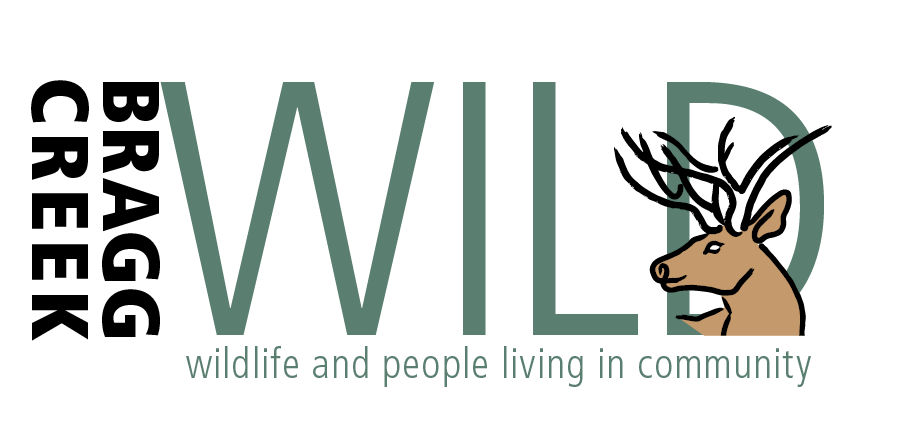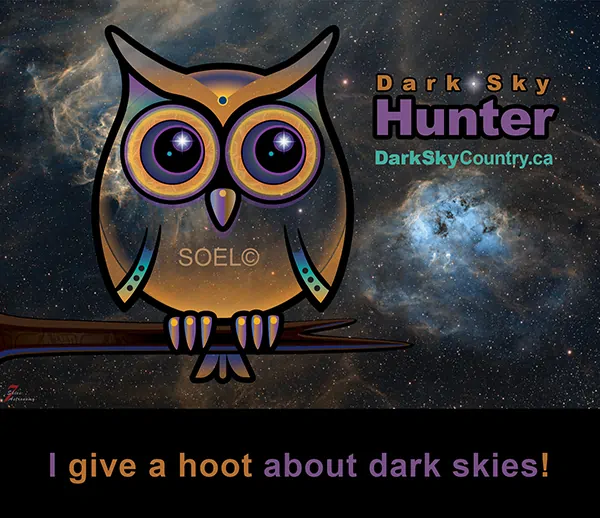Helping Wildlife Through Winter: Tips on Trail Use
When you think of it, it is impressive how wild animals can survive our harsh winters. Herbivores feed on low-nutrient grass and twigs buried deep beneath snow; seeds and insects are in short supply to birds; and carnivores are challenged to find prey that are either hibernating or have migrated. Winter is stressful, requiring animals to constantly be on the move to forage, hunt or find shelter. For these reasons, wildlife need large expanses to make it to springtime. That challenge becomes even greater in areas heavily used by humans.
Peter Thompson (biologist and postdoctoral researcher at the University of Alberta), along with his team, have recently published a study documenting evidence of grizzlies staying 300 metres away from trails and wolves staying 600 metres away. Thompson’s study, titled “Integrating Human Trail Use in Montane Landscapes Reveals Larger Zones of Human Influence for Wary Carnivores” was conducted in the Banff, Yoho and Kootenay national parks and neighbouring provincial areas, including the Bow Valley and Canmore area. This extensive, multi-year study showed that wildlife avoid being near busy trails, resulting in their displacement in the environment they inhabit and thereby reducing their capacity to sustain their livelihoods.
So, what happens when wildlife notices a human presence?
Once human presence is detected, wildlife keeps its distance, potentially leaving areas of habitat rich in food and shelter (valleys, waterways, mixed woodlands) for other places potentially less plentiful, leaving them less able to thrive and with increased competition for the resources they need. Weakened in this way, some wild animals become easier prey to predators and more susceptible to diseases.
In an article published by British Columbia’s SPCA (Society for the Prevention of Cruelty to Animals) in November 2024, the Society explains that: “While a single disturbance may not seem significant, the impact and stress of interactions with multiple outdoor enthusiasts over the course of the season can be significant. Chronic stress can impair immune responses, making wildlife susceptible to parasites and diseases. Animals may lose weight and die of malnutrition or be less able to escape predators. The consequences are often subtle and delayed.”
To support our wild neighbours, the use of outdoor best practices can mitigate our impact while allowing us to enjoy our natural areas:
- Use trails during the daytime only to give wildlife the space and opportunity to move in and feed at night.
- Stay on official trails or in areas of high visibility where no wildlife is present. Official trails are those recognized by our local governments and official trail organizations. Watch for their trail signs and visit their websites.
- Obey all signs and area closures.
- Never approach, chase or harm any wildlife.
- Avoid damaging vegetation.
- Pack out what you pack in, and never leave trash or equipment behind.
- Keep dogs on a leash and away from wildlife.
- When on a motorized vehicle in an open area, try to keep a distance of 500 metres from large mammals. For non-motorized activities, stay 100 metres away.
For trail organizations and government services responsible for building and maintaining trails, this study suggests that it is essential to locate trails away from rich habitat and ensure that sufficient, untouched space between trails is maintained to allow wildlife free and adequate passage through the developed area.
To find out more about BCW, visit www.braggcreekwild.ca
References:
Integrating human trail use in montane landscapes reveals larger zones of human influence for wary carnivores, Peter R. Thompson, John Paczkowski, Jesse Whittington, Colleen Cassady St. Clair, British Ecological Society, Journal of Applied Ecology, January 2025 https://doi. org/10.1111/1365-2664.14837


























